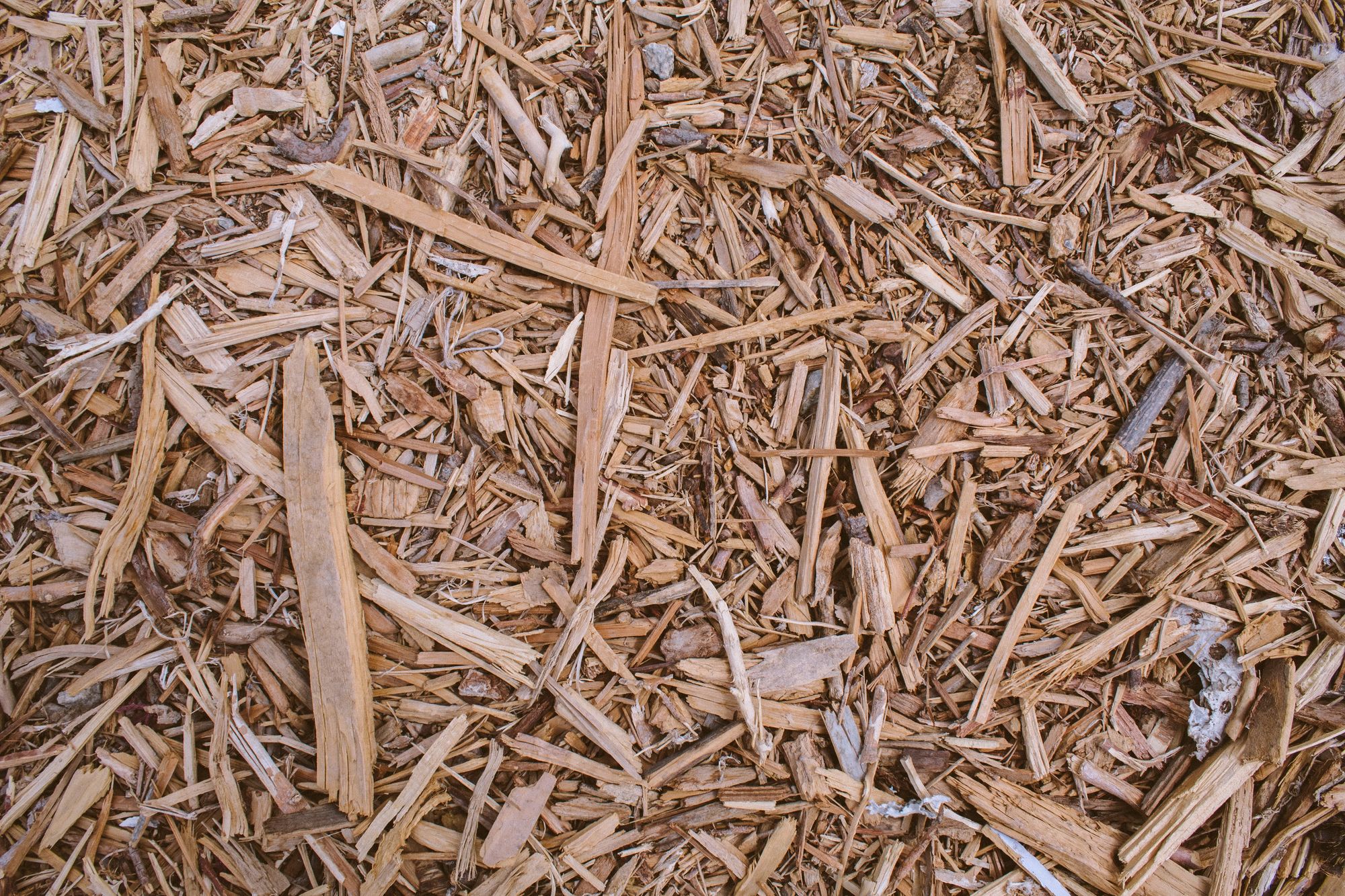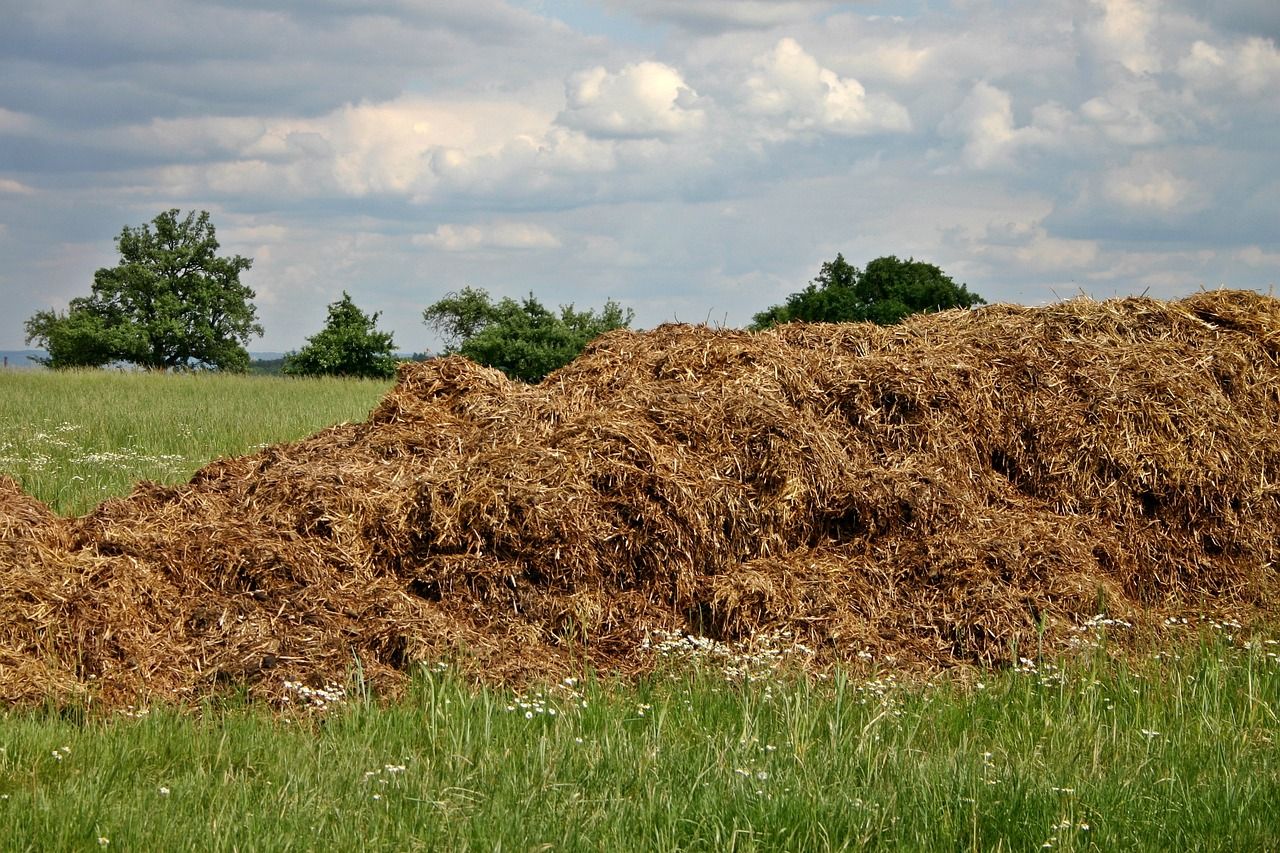Secrets of Terra Preta: Ancient Amazonian Soil Techniques for Small Garden Triumph

Terra preta, which translates to “dark earth” in Portuguese, refers to the fertile soil found in the Amazon Basin of South America. This type of soil is known for its rich, dark color and high nutrient content, making it incredibly productive for growing crops. The secret to its fertility lies in the fact that it was created by ancient indigenous peoples who used a technique called “biochar” to enrich the soil. Today, gardeners around the world are using terra preta to increase their crop yields and create more sustainable, organic gardens.
The origins of terra preta can be traced back to pre-Columbian times, when indigenous peoples in the Amazon Basin used slash-and-burn agriculture to clear the forest for farming. This involved cutting down trees and burning the vegetation, which would release nutrients into the soil. However, the soil in the Amazon Basin is naturally nutrient-poor, so the indigenous people began to add charcoal and other organic matter to the soil to increase its fertility. Over time, this created a layer of dark, fertile soil that was much more productive than the surrounding soil.
Today, scientists are studying the properties of terra preta and how it can be used to improve soil fertility and increase crop yields. One of the key components of terra preta is biochar, which is created by heating organic material such as wood, straw, or animal manure in a low-oxygen environment. This process breaks down the organic material into a type of charcoal that is highly porous and rich in carbon. When added to soil, biochar can improve soil structure, retain moisture, and provide a home for beneficial microorganisms.
In addition to biochar, terra preta also contains a variety of other organic materials such as bone, pottery shards, and animal manure. These materials break down slowly over time, releasing nutrients into the soil and improving its fertility. Terra preta is also known for its high levels of phosphorus, potassium, and calcium, which are essential for plant growth.
For small gardeners, the application of terra preta can be relatively simple. To create your own terra preta, start by collecting organic materials such as wood chips, straw, and animal manure.



Place these materials in a pile and cover with a layer of soil. Wet the pile down to create a moist, low-oxygen environment and allow it to decompose over several months. The end result will be a rich, black soil that can be added to your garden beds to improve soil fertility.
Alternatively, you can purchase pre-made biochar from gardening supply stores and mix it with compost and other organic materials to create your own terra preta. This mixture can then be added to your garden beds or used as a potting soil for container plants.
Terra preta is a fascinating example of how ancient agricultural techniques can provide insight into sustainable, organic gardening practices. By incorporating biochar and other organic materials into your garden soil, you can improve soil fertility, increase crop yields, and create a more sustainable, self-sufficient garden.
